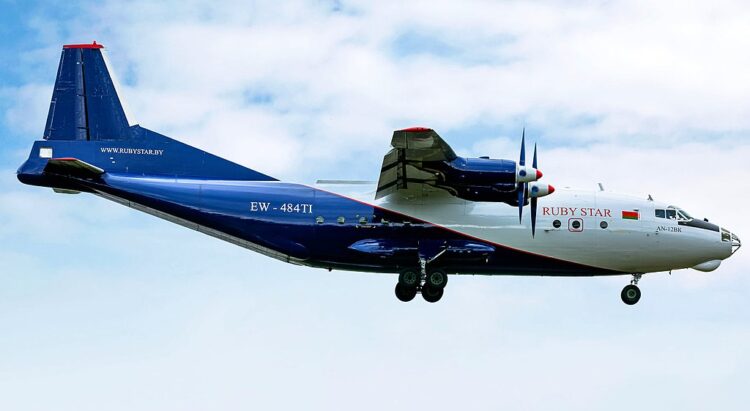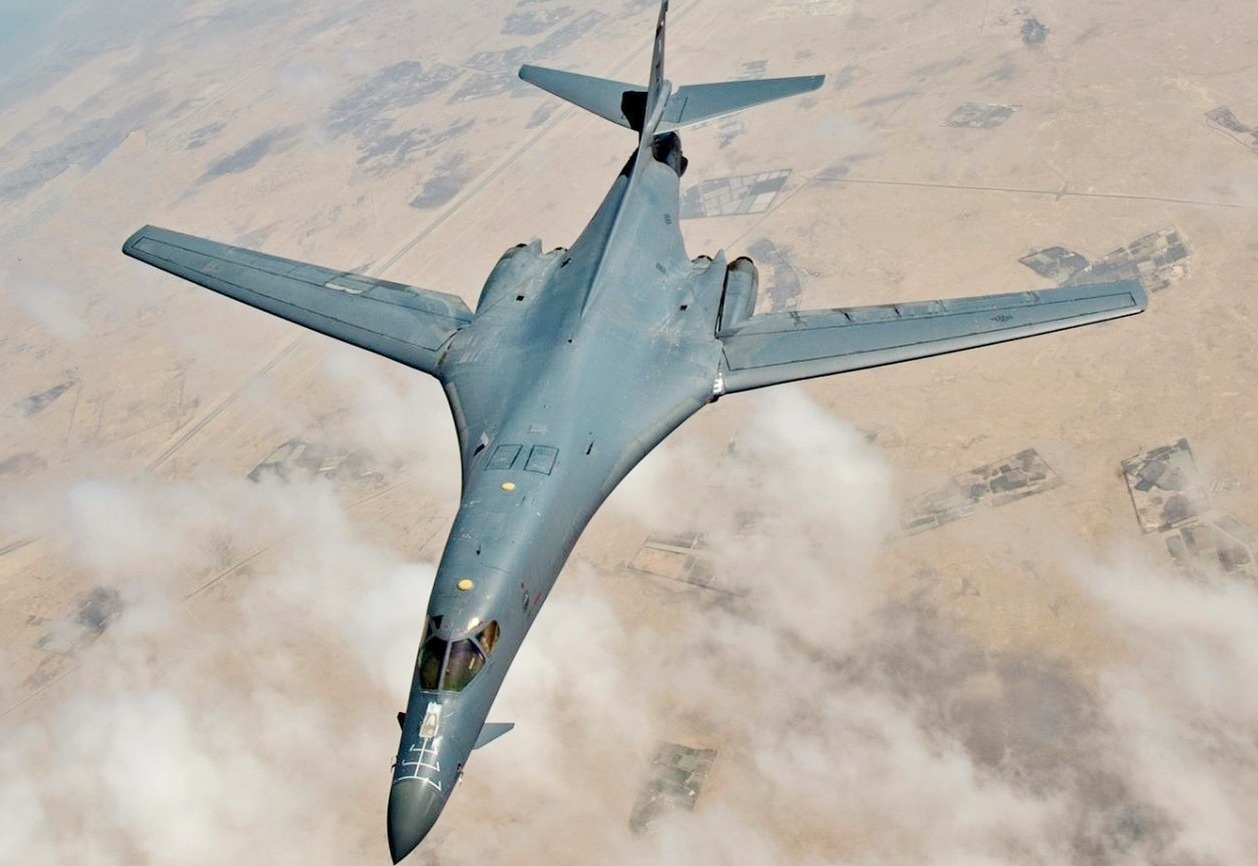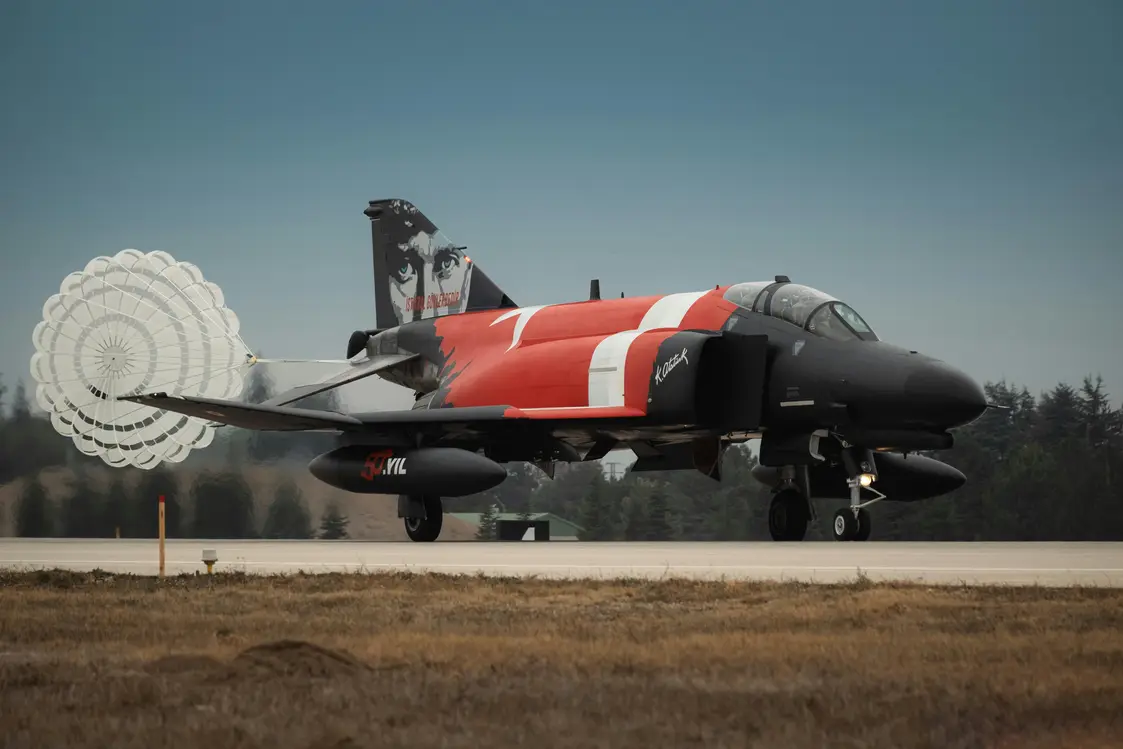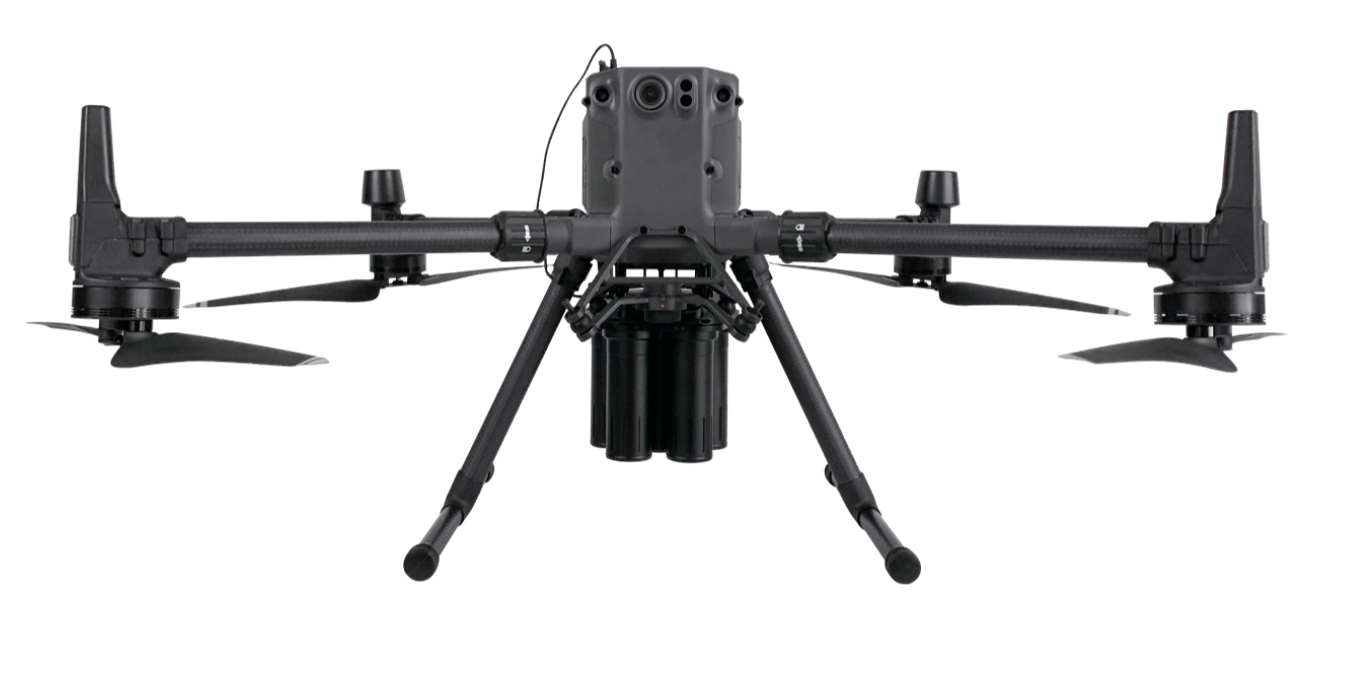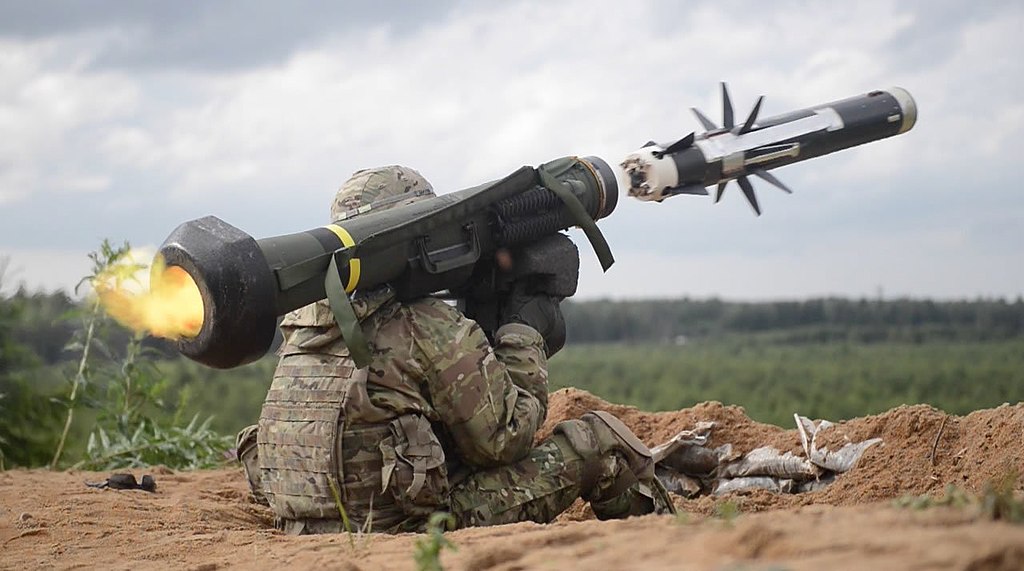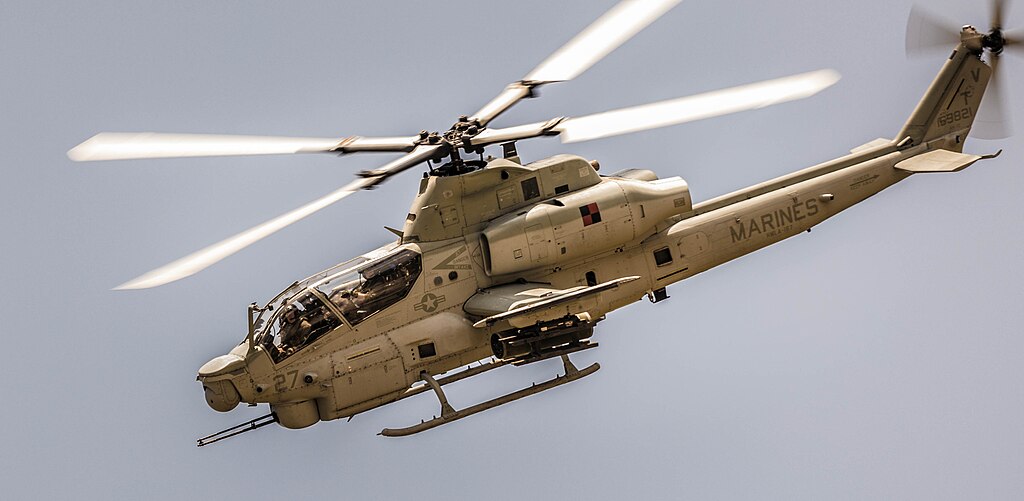Introduction
The Antonov An-12 is a versatile military transport aircraft that has played a critical role in military operations around the world. Known for its reliability and ruggedness, it has proved invaluable in delivering troops, equipment, and supplies to remote and challenging locations. This article will delve into the history, design, and capabilities of the Antonov An-12.
History and Development
The Antonov An-12, manufactured by the Soviet Union’s Antonov Design Bureau, first flew in 1957. It was designed as a replacement for the outdated twin-engine Ilyushin Il-12 transport aircraft. The An-12 was specifically engineered to meet the Soviet Union’s military transport requirements and to support its vast territories and extensive military operations.
The An-12 quickly gained popularity due to its impressive cargo capacity, range, and ability to operate from unprepared and undeveloped airstrips. Its robust construction allowed it to withstand harsh climates and rugged terrains, making it an ideal choice for military transport.
Design and Features
The Antonov An-12 has a distinctive design with a high-wing configuration and four turboprop engines. Its spacious cargo hold can accommodate up to 18,000 kilograms (40,000 pounds) of cargo or 90 fully equipped troops. It also features a large rear ramp for easy loading and unloading of cargo or personnel.
The aircraft’s versatility extends beyond cargo transportation. It can be configured for a variety of mission profiles, including parachute dropping, aerial firefighting, and medical evacuations. Its remarkable range of approximately 5,400 kilometers (3,360 miles) allows it to reach remote areas without the need for refueling.
Additionally, the An-12 is equipped with a range of navigational and communication systems, ensuring safe and efficient operations. Its advanced avionics and robust airframe contribute to its exceptional reliability and durability, even in challenging conditions.
Operational Usage
The Antonov An-12 has seen extensive operational usage in numerous military conflicts and humanitarian missions. Its versatility and reliability have made it indispensable in delivering critical supplies and support to troops deployed in remote and difficult-to-access areas.
During the Vietnam War, the An-12 played a significant role in transporting troops and supplies to support the North Vietnamese forces. Its ability to operate from unpaved runways and its large cargo capacity made it an ideal choice for the challenging terrain and logistics of the conflict.
The An-12 has also been utilized by several countries during peacekeeping and humanitarian operations. It has been involved in delivering aid and supplies in regions affected by natural disasters and conflicts, demonstrating its vital role in global humanitarian efforts.
Specifications
| Parameter | Value |
|---|---|
| Maximum Payload | 18,000 kg (40,000 lb) |
| Range | 5,400 km (3,360 mi) |
| Cruising Speed | 480 km/h (300 mph) |
| Length | 33.10 m (108 ft 7 in) |
| Wingspan | 38.00 m (124 ft 8 in) |
| Height | 10.50 m (34 ft 5 in) |
| Engines | 4 x Ivchenko AI-20M turboprop engines |
Conclusion
The Antonov An-12 has established itself as a reliable and versatile military transport aircraft. Its ability to operate in challenging environments and transport significant loads has made it an essential asset for numerous military forces around the world. Whether supporting combat operations or delivering humanitarian aid, the An-12 continues to prove its worth as a dependable workhorse in military transport aviation.
